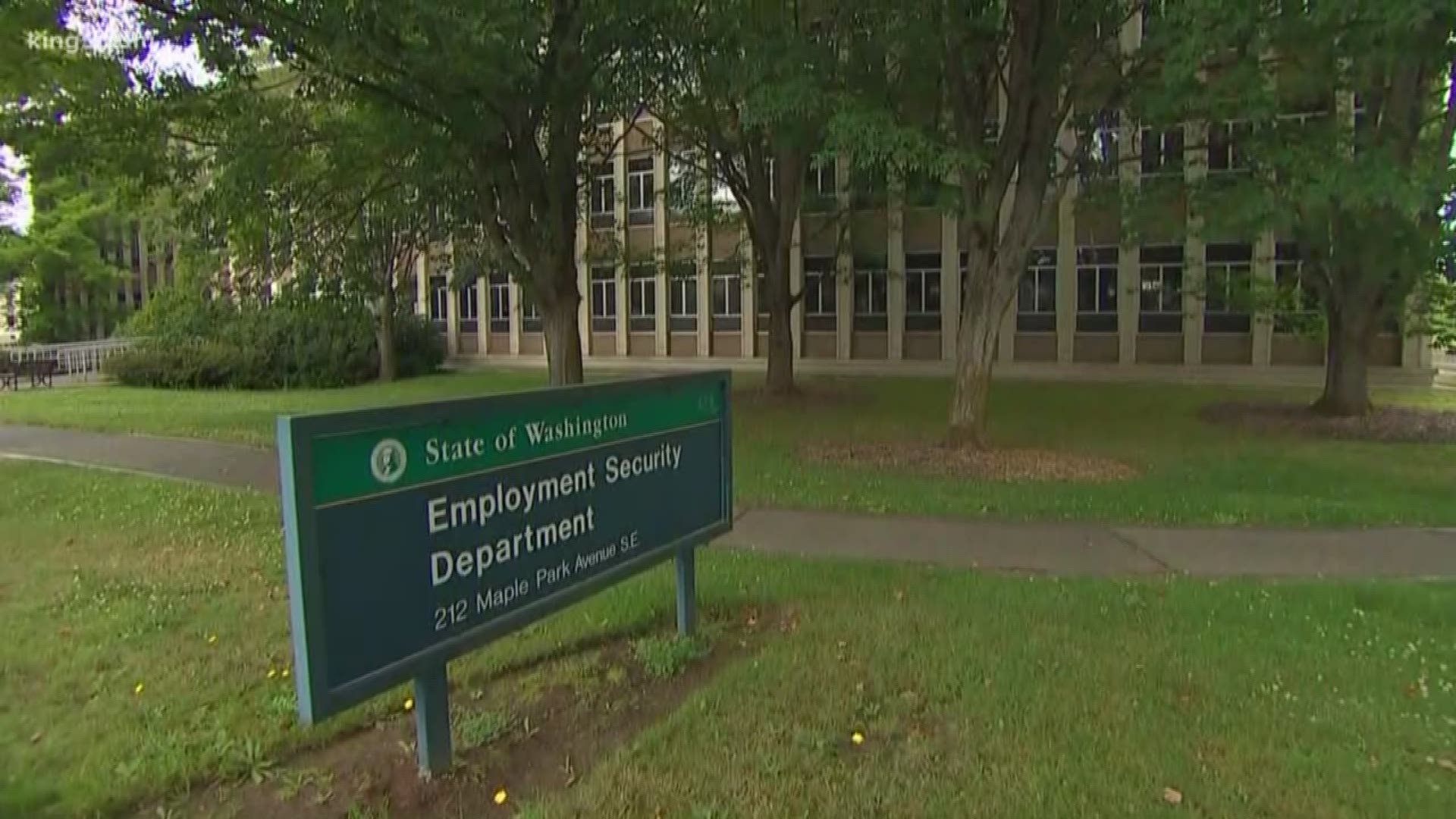Emergency-room use is often cited in debates about the need for continued Medicaid expansion and claims that Medicaid reforms in the federal budget bill will harm the health care system.
In a recent MedPage Today story, authors argued that the expected lowering of the Medicaid expansion population (able-bodied adults), because of new work or community engagement requirements, and the expiration of the Affordable Care Act's enhanced premium tax credits, would lead to more uncompensated care and worse outcomes in emergency departments (EDs). They suggested that fewer insured patients, if that is a result of recently passed reforms, means more people arriving at the ED sicker and without treatment options. (Lawmakers and providers can and should encourage people to meet modest requirements for receiving taxpayer-financed health care.)
Sen. Maria Cantwell, D-Washington, was in Spokane Thursday and also expressed concern about the impact of the recently passed budget bill. The press release about her visit said in the headline, “The GOP’s ‘Big Beautiful Bill’ Will Cause Health Insurance Costs to Skyrocket.”
Later, two important words offered more balance: The release said, “Health insurance premiums are expected to skyrocket across the country next year, in part because of higher charges from hospitals that are likely to serve more uninsured patients because of Republican cuts to the health care safety net.”
Several Washington lawmakers have been acting as if the federal reforms are what will ail us when it comes to Medicaid and health care affordability in our state, when state policies have gotten us sick all on our own.
A slew of policies in Washington state increase the cost of health care, and, ultimately, health care cost growth drives increased premium costs. Many things add to health care cost growth. Medical inflation includes higher labor and supply costs, advanced technology, higher use of services, facility upgrades, rising prescription drug costs, low government reimbursements and regulations placed on insurers. Concern about emergency department use if fewer people have insurance oversimplifies a deeper, more complex problem.
Research is mixed when it comes to whether ED use increases or decreases with more people on Medicaid. What is clear is that hospitals are harmed when they have to provide uncompensated care. The state should have plans to help.
— About a decade ago, the Oregon Health Insurance Experiment found that newly enrolled Medicaid recipients used the emergency room 40% more often than those who remained uninsured. These weren’t all urgent needs — many visits were for non-emergency issues that could have been treated in a clinic. In other words, coverage didn’t drive better health habits. It drove convenience.
Other studies have echoed this trend. While Medicaid improves coverage, it doesn't always result in care being accessed in the appropriate place. A Washington State Medical Association campaign called "ER is for Emergencies" was designed to decrease the use of emergency departments by Medicaid enrollees for non-emergent conditions.
— A study highlighted in PubMed in 2017 found, “Insured and uninsured adults use the ED at very similar rates and in very similar circumstances — and the uninsured use the ED substantially less than the Medicaid population.” It did acknowledge, “While the uninsured do not use the ED more than the insured, they do use other types of care much less than the insured.”
— A more recent 2022 JAMA article did find that in some states, expanding Medicaid improved the efficiency of ED use. In other states, however, it didn’t. The results were mixed, showing some declines in ED use only among specific age groups and regions with robust care coordination. Authors concluded, “The long-term outcomes of Medicaid expansion associated with avoidable ED use should remain an area of ongoing inquiry.”
Emergency departments shouldn’t be the default clinic for low-acuity health issues, and that message should be sent across the board.
Rates were already climbing
In our state, there is a pattern of ever-higher increase requests, some in the double-digits. To suggest the recent budget bill is the reason for increases ignores major factors for premium increases.
Before the big bill that included Medicaid reforms, a 2024 article in the Wall Street Journal reported that 42 percent of small businesses surveyed said that they were seeing increases of 10% or more for insurance, and nearly 1 in 10 reported increases of 25% or higher.
Insurers base their requested rate changes on assumptions they make about the services their policyholders will use and the cost to deliver that care. When the state legislative session ended, there was already talk about how health care providers and insurers would not be able to absorb new policies made in Washington state, not Washington D.C. While Medicaid reforms and the end of temporary subsidy expansions granted in COVID times are playing into those increased cost assumptions this time around, they are only a part of the premium-increasing story — and we don’t yet know how the assumptions will play out.
Our state government should look to control what it can. Instead, lawmakers keep adding to the health care bill, cost-shifting parts of their obligation onto others, including the federal government and commercial payers, and blaming the federal government when it should be looking in the mirror.
2025 Legislature
Health care took a beating this last legislative session. Lawmaking resulted in new and increased taxes on hospitals and physician groups. Majority lawmakers also passed a law that makes it harder for providers to collect medical debt, as not paying the debt won’t hurt a person’s credit. They instituted price caps on services provided to public employees that will result in cost-shifting to other payers.
We continue to see a disturbing disconnect between the state’s goal of controlling health care costs and policy decisions that undermine that goal.
The Washington State Hospital Association (WSHA) and others told lawmakers the new and higher taxes would be passed along, with increased costs likely going to commercial payers. They said policy decisions being considered — that eventually passed — could result in more closures, service and labor cuts or delays in facility upgrades. If these things happen, legislators can’t just point to Congress.
State lawmakers should welcome some of the reforms in the big bill, including stronger guardrails for Medicaid eligibility, work requirements that might lift people out of poverty, and more frequent eligibility checks that could expose lack of Medicaid need or even prevent concurrent payments, a problem the State Auditor’s Office has been tracking. The state should apply for rural health grants available in the big bill to help with rural health care access and outcomes within their communities.
Expansion woes
The Affordable Care Act’s Medicaid expansion has significantly reshaped the landscape of who receives coverage and care — and at what cost. In Washington state, expansion brought hundreds of thousands into Washington state’s Medicaid program, but not without tradeoffs. Traditional Medicaid enrollees — including seniors, people with disabilities and low-income families — now compete for appointments and resources with able-bodied adults, many of whom qualify under the expanded eligibility rules.
Access, not just coverage, is a real pressure point that experts say might be having an impact in ED use. Low provider reimbursement rates for Medicaid patients also affect access — and make cost-containment a dream for all of us.
The big bill will impact the state’s health care system and individual residents in good and bad ways. But some of the bad ways are less about the big bill and more about past decisions made in our state to increase government dependency for health care and practices that had us sticking the federal government with more of the state’s Medicaid bill.






